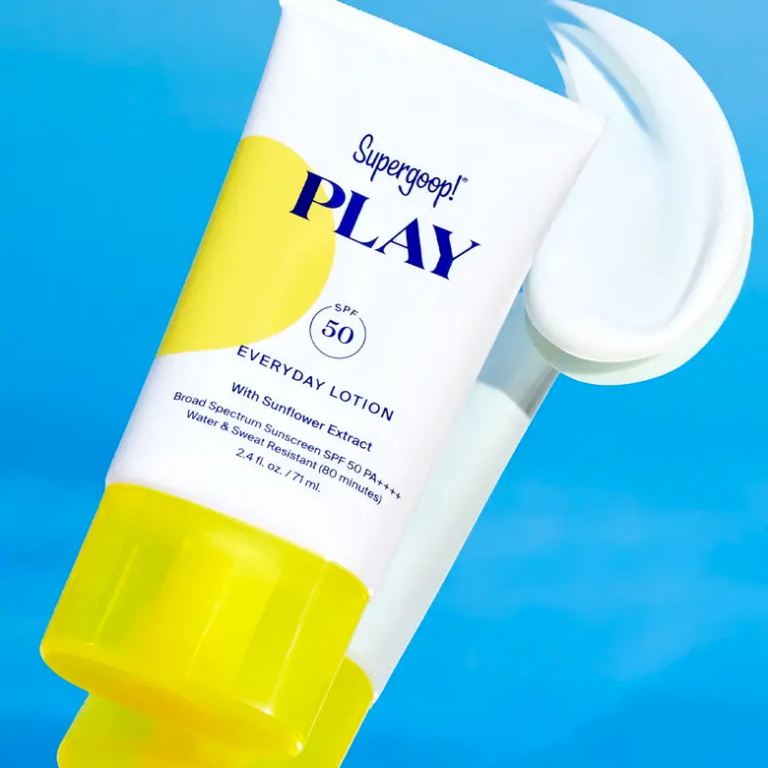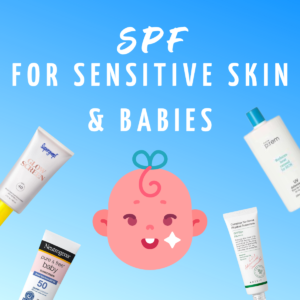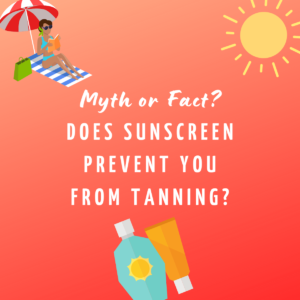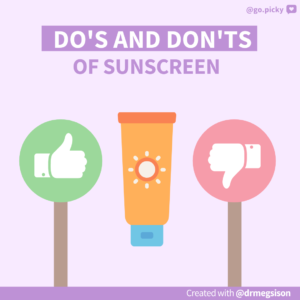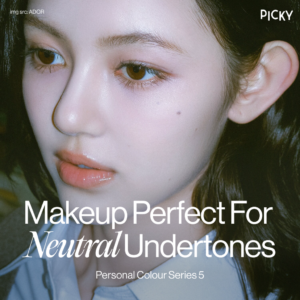Ever thought about your greatest skincare regret? Picky Expert and doctor, Stella (@stellmarselie), tells us that hers is not knowing the importance of sunscreen early on. If she could turn back time, well she would definitely make a habit of applying that SPF religiously! Sunscreen prevents our skin from the damaging effects of UV radiation which contributes to premature aging, hyperpigmentation, fine lines, inflammation and so on. But don’t worry, there are a ton of options available in the market to find the perfect protection for your skin. BUT it can be so confusing understanding what’s behind that label. So we’re here with Dr. Stella to share the difference between mineral and chemical sunscreens!
What Are Mineral Sunscreens?
Mineral sunscreen or sometimes referred to as physical or inorganic sunscreen that uses zinc oxide or titanium dioxide as its UV filter. There’s a bit of misconception around how mineral sunscreens work. In the past, it was believed that mineral sunscreen formed a physical barrier on the surface of the skin and it protected us by reflecting and scattering the UV. But, research shows that these filters actually provide protection by absorbing most of the UV radiation–just like how chemical sunscreen works. What differs between the two is that about 5% of the remaining UV light is scattered by the sunscreen particles.
As compounds commonly used to make white paint, zinc oxide and titanium dioxide are naturally white in color. That’s why they leave white cast on the skin after application–which can be trickier to blend in darker skin tones. But with that being said, mineral sunscreen sure have come a long way, nowadays we can opt for micronized mineral sunscreen with less white cast that is easier to blend. On top of that, mineral sunscreen is more suitable for people with sensitive skin as it tends to cause fewer allergic reactions or irritation.
Picky’s Mineral SPF Picks
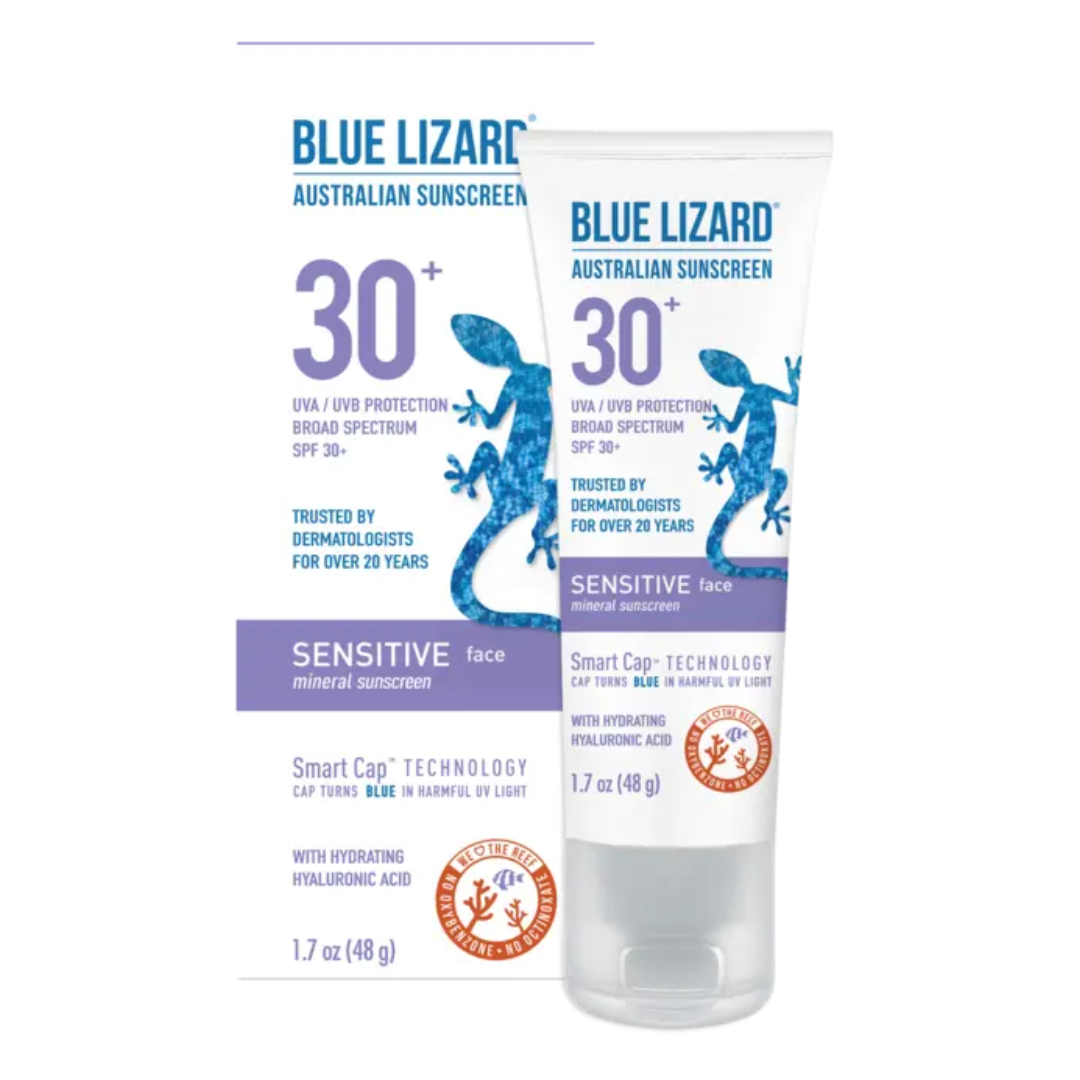 Blue Lizard Sensitive Mineral Sunscreen SPF 30+
Blue Lizard Sensitive Mineral Sunscreen SPF 30+
 Isntree Hyaluronic Acid Natural Sun Cream
Isntree Hyaluronic Acid Natural Sun Cream
What Are Chemical Sunscreens?
Chemical sunscreen, or organic sunscreen, contains active ingredients like oxybenzone, avobenzone, octisalate, octocrylene, homosalate, octinoxate and many more as its UV filters. They absorb the UV radiation and convert it into a more harmless form of energy, such as heat. Chemical sunscreen is easier to blend and doesn’t leave white cast.
There have been a few controversies concerning the safety of chemical sunscreen, but so far there is no evidence that indicates it to be unsafe or harmful. One thing for sure is that the known health risks of sun exposure outweigh the potential risk of absorbing sunscreen chemicals.
Picky’s Chemical SPF Picks
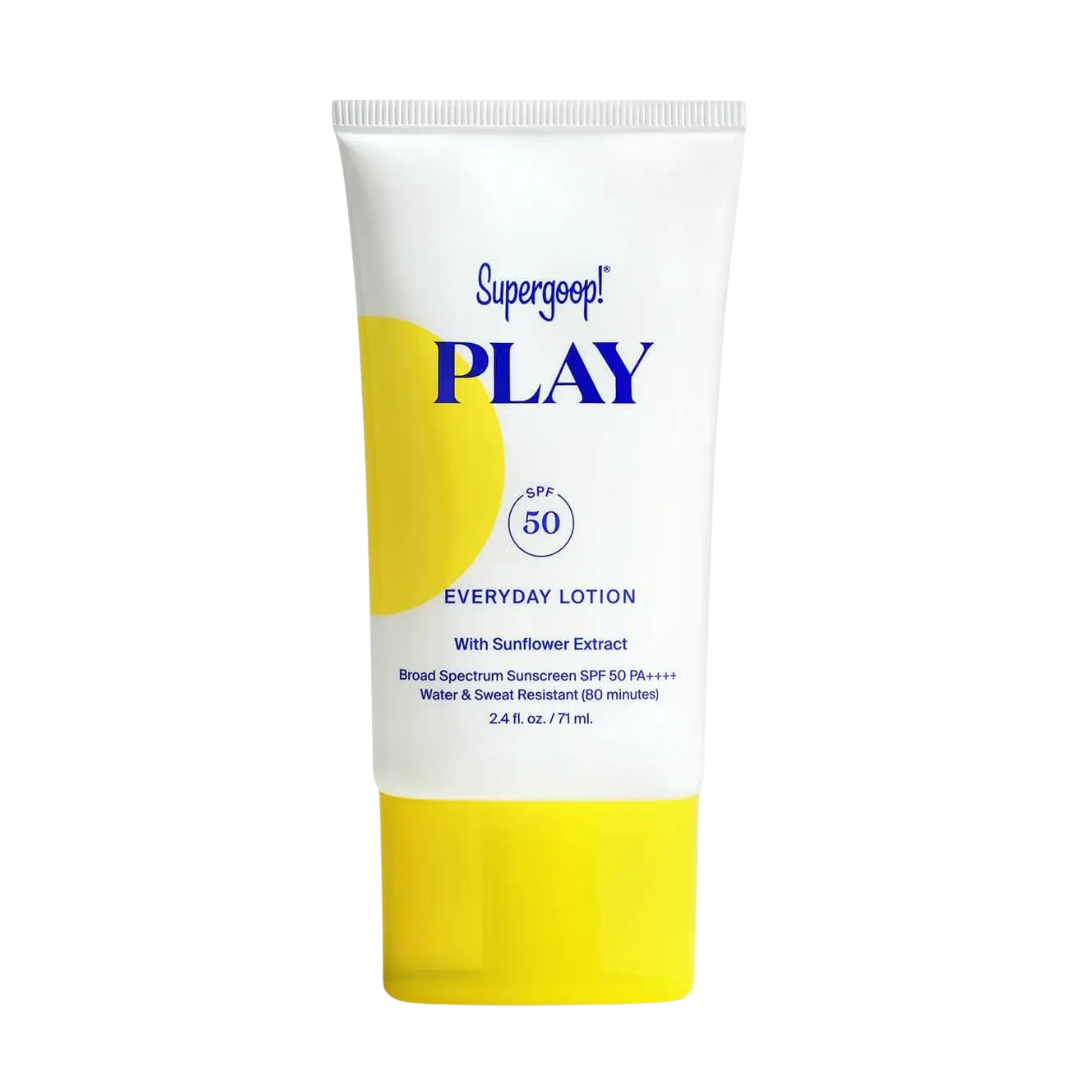 Supergoop Play Everyday Lotion SPF 50
Supergoop Play Everyday Lotion SPF 50
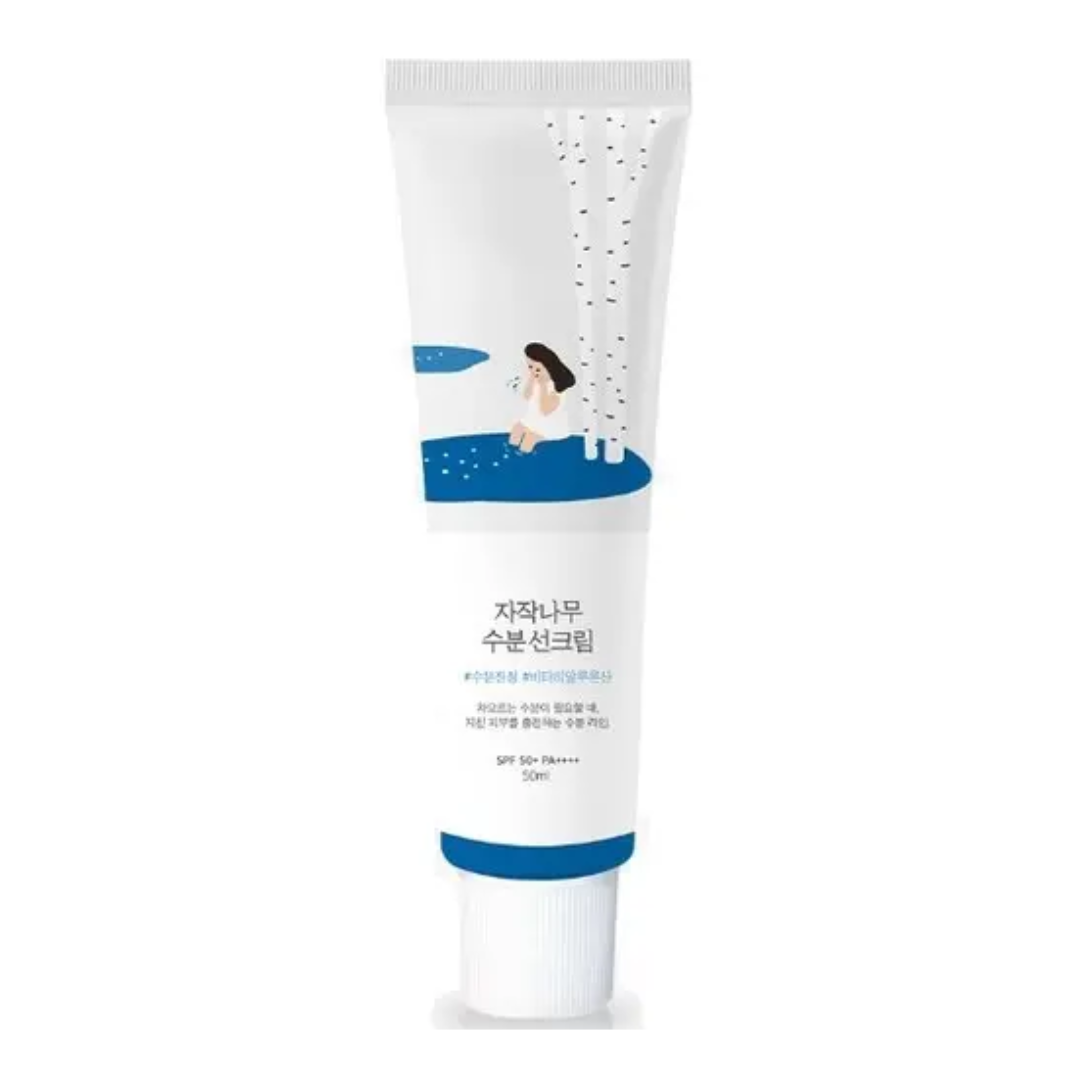 Round Lab Birch Juice Moisturizing Sun Cream
Round Lab Birch Juice Moisturizing Sun Cream
Mineral vs Chemical Sunscreen
| Mineral Sunscreen | Chemical Sunscreen | |
| Also known as | Inorganic sunscreen Physical sunscreen | Organic sunscreen |
| UV filters | Zinc oxide, titanium dioxide | Oxybenzone, avobenzone, octisalate, octocrylene, homosalate, octinoxate, tinosorb S, tinosorb M and many more |
| How it works | Most of the UV is absorbed and the rest is reflected or scattered | Absorb the UV and convert it into heat |
| Photostability | More photostable | Less photostable–so remember to reapply! |
| White cast | Yes | No |
| Who it is for | A safer option for those with sensitive skin, kids and pregnant women | Higher risk of allergic reactions or irritation |
FAQ
Is it safe to use chemical sunscreen during pregnancy?
Yes. There’s no evidence that chemical sunscreen containing homosalate, avobenzone, oxybenzone or octocrylene as UV filters is harmful.
Which sunscreen is better? Mineral or chemical sunscreen?
The best sunscreen is the one you’ll actually wear every single day. Here’s a few things to consider:
- SPF of at least 30 with broad spectrum protection against UVA and UVB
- Texture that you enjoy using (how it blends and if you like its finish)
- Affordability (so you can apply a generous amount without breaking the bank)
Do I need to wait 15-20 minutes to activate the product?
Both mineral and chemical sunscreens provide UV protection as soon as they’re applied on the skin. The wait time is to make sure that the sunscreen dries properly and forms a film on the skin, making it harder for it to be wiped off.
Want to learn a bit more about your sunscreen? Check out our quick guide to decoding your SPF label. Or if you want to jump right in and find the right fit for your skin, then check out this sunscreen article here!
Be Safe With Picky!
Maybe these skincare science terms are throwing you for a loop, well don’t worry! Just follow along with us on our socials like Instagram, TikTok and YouTube and we help to guide the way for your skincare journey. And you can download the Picky app to connect with our community of enthusiastic skincare lovers!
Created With

Dr. Stella
Doctor
@stellamarselie

